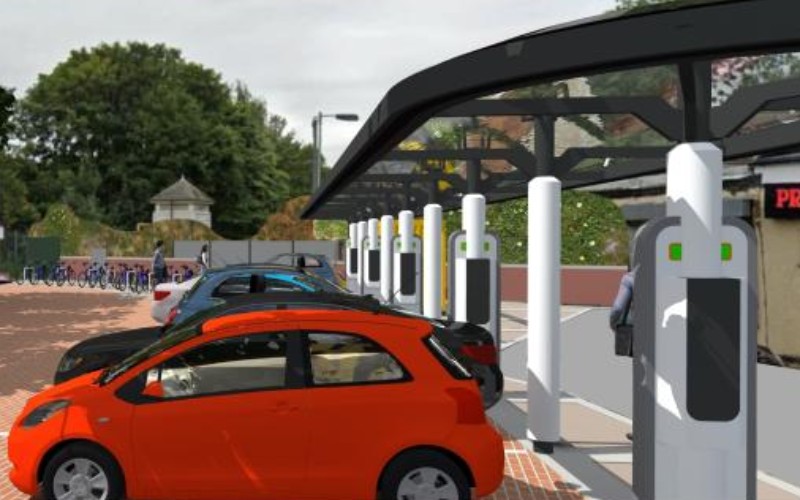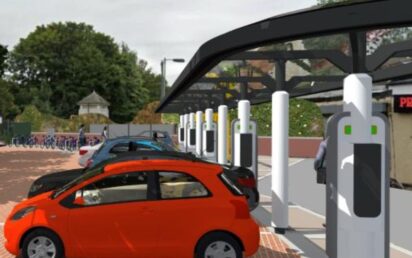A Liverpool tech company is celebrating dual success after winning government funding for its transport hub prediction tool and being voted one of Liverpool City Region’s Tech Climbers 2021.
CGA Simulation’s digital 3D technology, Mobility Mapper, visualises how future transports and city hubs will interact and predicts where new transport infrastructure may be needed.
The tool also simulates ‘what-if’ scenarios for transport planners – how infrastructure like V2X, Connected & Autonomous Vehicles and cargo bikes will interact with each other, and people.
“During lockdown 2, CGA attended a week-long future transport conference in Los Angeles (with the Centre for Connected and Autonomous Vehicles),” said project lead Max Zadow.
“It wasn’t in sunny LA, as expected, the event was online – so we didn’t know whether it would be as effective as our usual face-to-face networking.
“In fact, the conference was brilliant and we gained great insights into the world of transport-tech developers and planners in the UK and US.
“It got us thinking, with so much transport change ahead how could UK cities capitalise on this insight by creating intelligently designed transport hubs and green solutions? Mobility Mapper was born.”
After the conference, CGA picked the brains of both Transport for Greater Manchester and Liverpool City Region Combined Authority, both of whom agreed to partner with the company in the bid, which it won.
Interviews with transport experts, architectural transport planners and digital future-scape consultants during a design sprint enabled CGA to develop a prototype.
Mobility Mapper harnesses CGAs ‘agent based’ modelling approach, previously used by the team to mathematically model autonomous vehicle tech safety, smart city networks, Liverpool 5G Create’s health and social care network, and even the spread of COVID-19.
The firm says Mobility Mapper is an interoperable tool that can be accessed by people with different technical capabilities.
Agent-based modelling assumes each thing (car, human, bicycle) operates independently, creating randomising scenarios, whilst the 3D simulation (developed with CGA’s gaming expertise) creates an immersive visualisation of the predictions.


